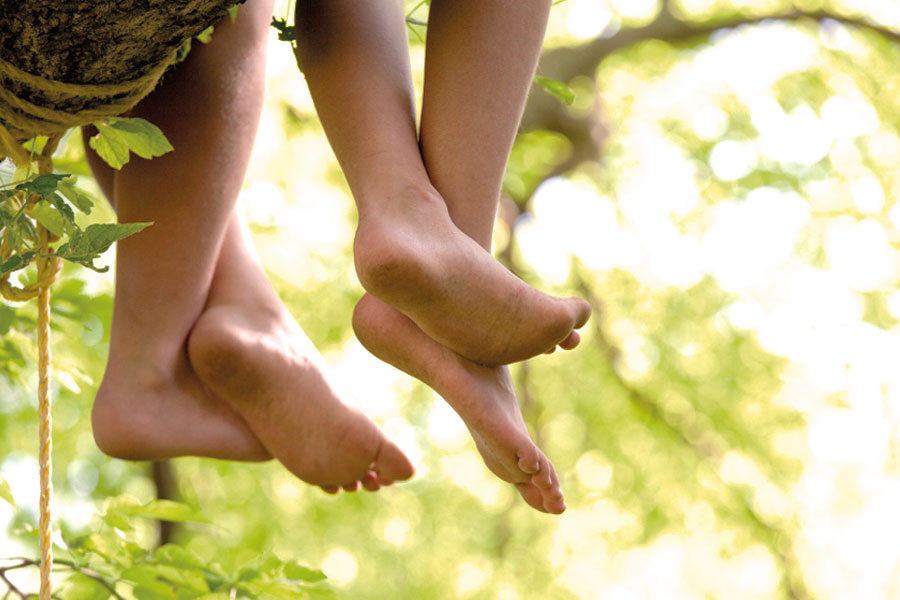Feet are of a beautiful complex architecture and undergo immense pressures from our daily living. Children’s feet from birth are very soft and flexible, still untouched as they haven’t begun walking yet.
A Kid’s Shoes
A young toddler should require the following shoe features:
- Firm, comfortable complete fit
- Wide and flexible toe box
- Heel support
- Firm midsole
- Fastening methods – laces, Velcro straps
“Flat/Fat Foot!”
For the first two years, your child’s feet will seem be ‘flat’ with fallen arches. Flat feet are normal in young children as they have weak foot muscle tone, great fat padding and loose ankle ligaments that allow the feet to roll in.
It is assumed that a child would grow into normal arches but nowadays, with the rigors of hard floors and ground that we walk on feet are less likely to have normalized arches.
“Feet turning inwards”
Intoeing or “pigeon-toed” is walking with one or both feet turned inwards. In most cases, this is simply a sign of developing posture and balance and should resolve itself between the ages of 3-5 years. Treatment is only reserved for severe cases.
“Feet turning outwards”
Outoeing or “duck-footed” is walking with one or both feet turned outwards; more common in kids who are born prematurely. Outoeing normally resolves itself as the foot develops but if concerns arise, consult your Podiatrist.
Bow legs
Bow legs are normal at birth but should disappear by the time the child reaches two. If it does not resolve by the age of two, this may be permanent. It appears with a curve in the leg bone ‘tibia’ and can involve the hip and thigh too. Bowing causes excess knee joint strain and can cause the foot to roll out and possibly an ankle sprain.
When a child begins to walk, the legs will straighten.
Knock Knees
Knock knees are normal in children from 2-7 years old. Some children may become knock kneed again during puberty. If the problem persists past 7 years old this may be permanent. It appears with a bend in of the leg and knee and cause foot to roll in flat and strain on knee joint.
Tip-toe walking
Also known as “equinus gait” and is common in children. However, if the child continues to toe walk then it can signify neuromuscular conditions (e.g. cerebral palsy), tight muscles, spinal cord abnormalities, shorter legs and tendon shortness.
Kid’s Feet – MILESTONES
- 8‐9 months: attempting to stand by pulling themselves up using furniture
- 11‐13 months: is able to solo stand; stooping over to pick up objects, squatting with some assistance. Although some kids don’t walk till 16 month or more
- 18 months: child is able to walk/toddle, climb

Grant Duong, Podiatry
At the Triumph Institute located in the heart of Bankstown, Sydney we also practice podiatry. It’s a medical field that specialises in the prevention, diagnosis, treatment and rehabilitation of problems and issues that affect the lower limbs, from the lower back right down to our feet.


